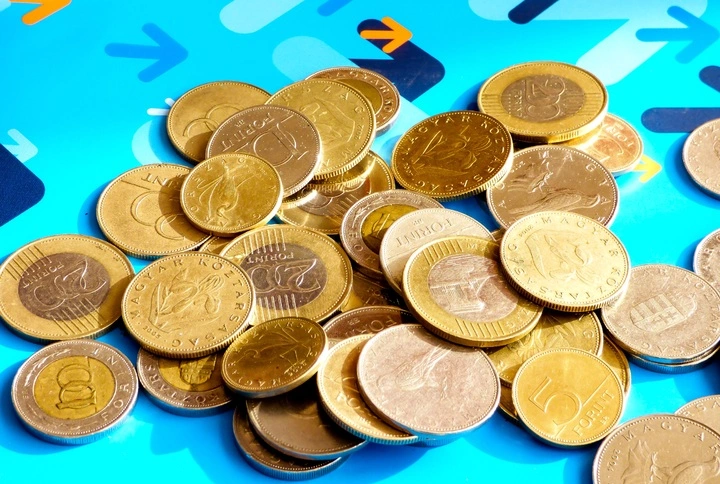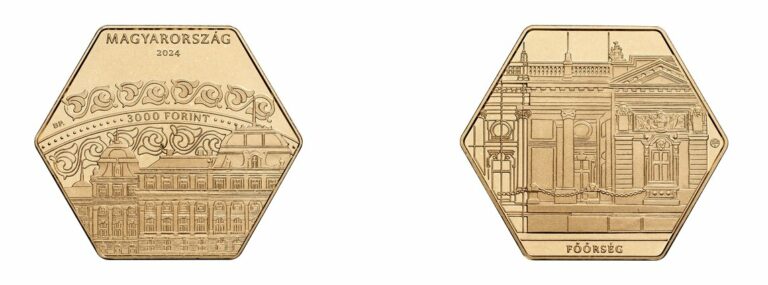forint
Forint in uncontrolled decline, crossing multiple lows: when will it stop?

No stopping: Hungarian forint hits another record low after weak GDP report

Forint hits new low: Weakest since 2022 amid economic struggles

Hungarian forint breaks currency exchange level, additional weakening on the horizon

After historic lows, Hungary’s forint faces possible further decline with today’s S&P credit rating – UPDATED

Hungary’s minimum wage could realistically reach EUR 1,000 by 2028, says employment secretary

Forint plummets to over 403 against euro, hitting 2-year low

Hungarian national bank’s latest decision strengthens the forint

Hungarian forint at 4-month low against USD, further weakening ahead?

Good news from the Hungarian economy: National Bank prepared to protect the Forint, inflation likely to fall – UPDATED

Hungarian central bank launches new 200-forint coin alongside commemorative coins – PHOTOS

Experts worried that PM Orbán’s brutal wage rise will bring inflation and a HUF 500/EUR exchange rate

Hungarian forint doing something unprecedented: further slip expected – UPDATED

BREAKING: Euro/forint exchange surpasses 400

Morgan Stanley predicts euro could reach 410 forints amid worsening economic outlook

Hungary introduces new commemorative coin honouring 800 years of Pannonhalma Archabbey

Are Hungarians wealthier than expected? Many moving their money abroad

National Bank of Hungary releases new HUF 3,000 coin on 20 August – PHOTO






